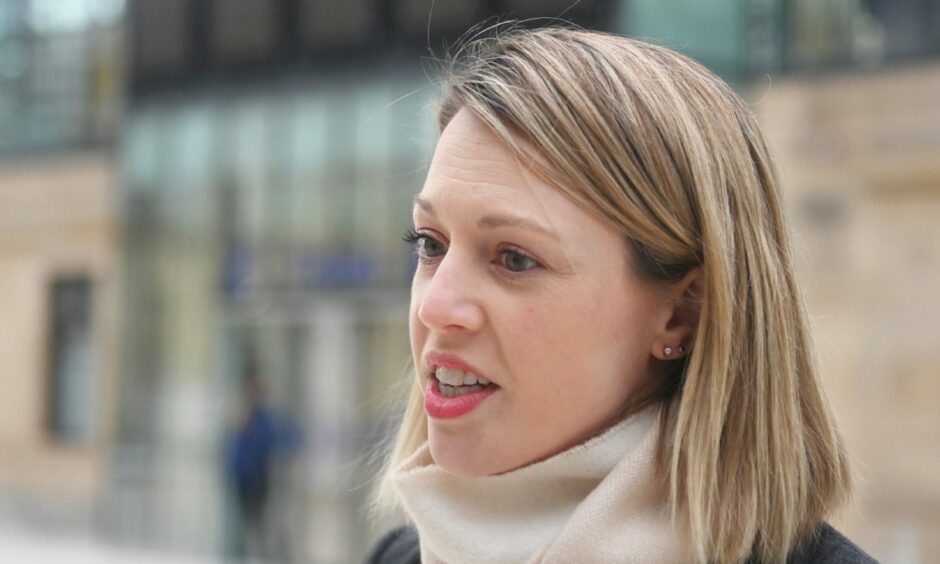
There’s an old saying that “travel broadens the mind”, but the words won’t offer any solace to the many Scottish women who have felt threatened or been the victims of sexual assault on public transport in recent years.
Whether finding themselves in a train carriage with a group of drunken male youths, or left isolated as a bus sheds its passengers on a night journey, females have related how they have changed their behaviour, kept their heads down and tried to avoid eye contact with anybody else, only for their attempts at vigilance to be rudely interrupted.
The results of a new Transport Scotland study has discovered that a third of the women surveyed were concerned about their safety. And with good reason.
Recent figures from the British Transport Police revealed there were 63 reports of sexual assaults on ScotRail trains between 2017 and 2021. And that figure is almost certainly higher, considering how many of those on the receiving end of these crimes feel too ashamed or embarrassed to pursue the matter, as if it was their fault.
‘Women shouldn’t have to tolerate this’
Transport minister Jenny Gilruth, who commissioned the study, said: “Women shouldn’t have to tolerate this. They should be able to travel on public transport in safety and men should learn how to behave themselves.
“They are often in a constant state of vigilance, particularly at night and end up changing their plans – only travelling at certain points of the day or not using public transport altogether. This is simply not acceptable in 21st Century Scotland.”
It is a sorry indictment of old-fashioned macho posturing and often alcohol-fuelled aggression making women fear for their safety. But, as The Press and Journal learned, although there are suggestions for tackling the blight, including women-only carriages on trains, it boils down to the bigger issue of unacceptable, often illegal male behaviour, whether it be harassment, verbal or physical threats or invasion of other’s privacy.
Gillian Martin, the Aberdeenshire East MSP, said: “None of this surprises me. Having a teenage daughter myself, I hear her having the same kind of experiences on public transport that I experienced at her age, and still do occasionally as an older woman.
“Women do a lot of things to keep themselves safe almost without really thinking about it. We modify our behaviour all the time in the streets at night and on public transport.
“Has it got worse because of social media? I think misogyny has been exacerbated because of certain influential individuals ramping up the disrespect to and abuse of women. However, it would be difficult to join the dots and say this has impacted on certain men’s behaviour on public transport.
Men have to take responsibility
“As far as I am concerned, intimidating women on public transport has always been a problem and continues to be so. In parliament this week, the issue was debated and it was distressing to hear some of the experiences of the MSPs’ constituents.
“Lone women are a target – and the only way we are going to really change that is by men being challenged by other men on their behaviour. Everyone must see challenging predatory and abusive behaviour as their responsibility.
“Too many people just stand by and think it’s nothing to do with them.”
Banffshire and Buchan Coast MSP Karen Adam has been campaigning for measures to improve safety, and was among the MSPs who spoke at the debate earlier this week.
She said: “Few people will be surprised that women and girls’ safety is a huge priority for me, particularly, as I previously opened up about some of my own lived experience as a survivor.”
“Some of the Scottish Government’s incentives such as free bus travel for all under 22s has been helpful for many women and girls. It means they aren’t financially constrained to use public transport and having to walk at certain times of the evening through a dark street – some of those intimidating journeys can now be taken by bus without financial constraints for under 22s.
“That is one positive aspect, however, with that in mind we can look at how we make public transport links more accessible and safer for women and girls, which is particularly necessary in rural areas.
‘Public transport can be intimidating’
“Being on public transport can be incredibly intimidating, especially when you’re there by yourself and there’s a group of rowdy boys or men. It’s really important that we educate them on how their behaviour may impact on others feeling incredibly intimidated and scared.”
She added: “The Scottish Government’s Transport Minister, Jenny Gilruth, committed to implementing the report’s recommendations ‘quickly and effectively’ which shows just how serious the Government are taking this report, which is very reassuring.
“Accessing quick, reliable and credible information is probably one of the most important ways that could help women and girls. Being able to live locate where your bus is on its route would reduce the time women and girls would have to spend waiting on public transport, especially as it can be unreliable.”
The Transport Scotland report made 10 recommendations to help women feel safer, including improved lighting, better staff training and exploring the possibility of increasing the presence or visibility of staff on the network.
And ScotRail has implemented a number of measures, designed to improve safety on their services such as the recent launch and expansion of its dedicated Travel Safe Team to address unsafe behaviours and offer additional support around safeguarding and vulnerability, in addition to the operation of one of the UK’s largest CCTV networks, and a long-standing collaboration with British Transport Police.
Everyone has to play their part
Its chief operating officer, Joanne Maguire, said: “Improving the safety of women and girls in our society is something that everyone in Scotland can play a role in and ScotRail is fully committed to doing our part. We welcome this report and all other research into how we in the sector can improve safety and passenger experience.
“This report outlines a number of findings for the public transport sector, and we will examine these closely to determine the best way forward.”
But not everybody is convinced these pledges will amount to anything tangible.
RGU professor Sarah Pedersen has grown up in an environment where women’s safety is an issue which never goes away, whether on a bus, train or in the street.
She said: “There is nothing new about the way in which women and girls have been forced to adapt their behaviour when using public transport, particularly at night.
Actions matter more than words
“This is an old problem that generations of women have had to deal with. Women’s lives, careers and social lives are curtailed on a daily basis because of well-founded fears of the risks of travelling alone, particularly after dark.
“Transport Scotland’s recommendations are good, but will there be sufficient resourcing to ensure they are followed through? Yes, acknowledging the problem is a good first step, but these recommendations will need to translate into action in order for women and girls to feel safe enough to change their behaviour substantially.”
Rail app encourages reporting
One initiative which was introduced to help is the Railway Guardian app. It is a new platform for rail users to communicate with the Brtitish Transport Police and encourages reporting of crimes and concerns on the rail network.
It was launched last year through BTP’s #SpeakUpInterrupt campaign geared towards tackling violence against women and girls on the rail network. The app has been downloaded 27,406 times across the UK.
It also features the option to share your journey location with trusted contacts, as well as accessing guides and crime advice. There is also a photo/video upload facility. It is the only police-supported safety app in the UK.
Superintendent Arlene Wilson says the feedback has been “overwhelmingly positive”. She said: “Downloading Railway Guardian is a pre-emptive step for rail users to take prior to travel ‘just in case’ they or a fellow passenger need British Transport Police’s support.
‘Vital to report incidents’
She added: “All reports made via the Railway Guardian App go straight to the BTP control room and officers can then be deployed to your nearest or next stop where appropriate.
“It’s vital that passengers continue to report these incidents to us for us to be able to take action – we can identify hotspot locations, target our patrols, and crucially bring more offenders to justice.
“No report is small or trivial and we will always take you seriously. Each report we receive provides us with valuable information which we can use to build a picture of an offender. Often it allows us to notice a pattern of offending behaviour and we will take action.
“We have enhanced patrols of uniformed and specially-trained plain clothes officers across the railway day and night to catch offenders and reassure passengers as they travel.
“We are dedicated to ensuring every woman and girl can travel without fear of harassment or intimidation.”
Punishment needs to fit the crime
Fiona Drouet, who lost her daughter, Emily, to suicide in Aberdeen in 2016, following abusive behaviour from her boyfriend, has campaigned to raise awareness of gender-based violence, but is only too aware of the small number of women who feel encouraged to speak out about their ordeals, particularly given the low convictions rates for those who are taken to court for harassment or sexual assaults in any setting.
She said: “Yes, the [Transport Scotland] figures are alarming, but sadly not surprising. It’s completely unacceptable that we are still hearing of this behaviour in 2023, and even worse, some men don’t even regard what they are doing as a criminal offence.
“I can only presume that reflects both the normalisation and acceptance of men’s violence against women and girls, but also that it is a consequence of the abysmal prosecution and conviction rates for crimes of this nature.
“There is much to do in terms of prevention, intervention and support, but holding the perpetrators to account would be a good place to start. As long as they think they will get away with violent behaviour, even if the cases go to court, they will keep doing it.”
Safer spaces needed
Aberdeen councillor Sandra Macdonald offered some suggestions to tackle the malaise. These included: “Creating safer spaces in our neighbourhoods by looking at new and secure design and installing decent street lighting as a priority.
“More demand responsive services such as Dial-a-bus. More visible Transport Police.
“And more on-board staff particularly after dark in the evenings and weekends.”
But the question, posed by Mrs Drouet, hung in the air. Why on earth should the burden lie on women to Reclaim the Night without dreading the spectre of violence?



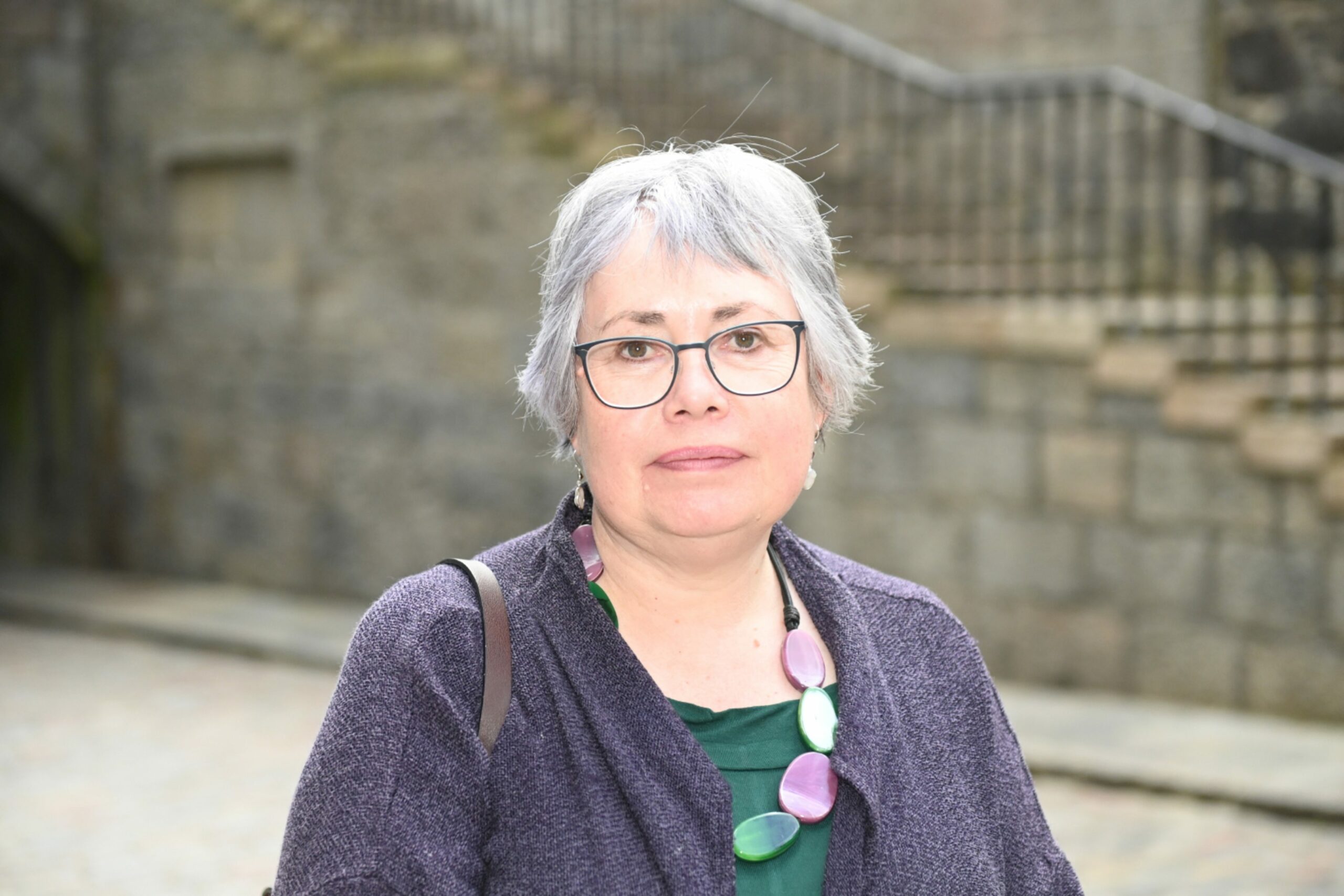
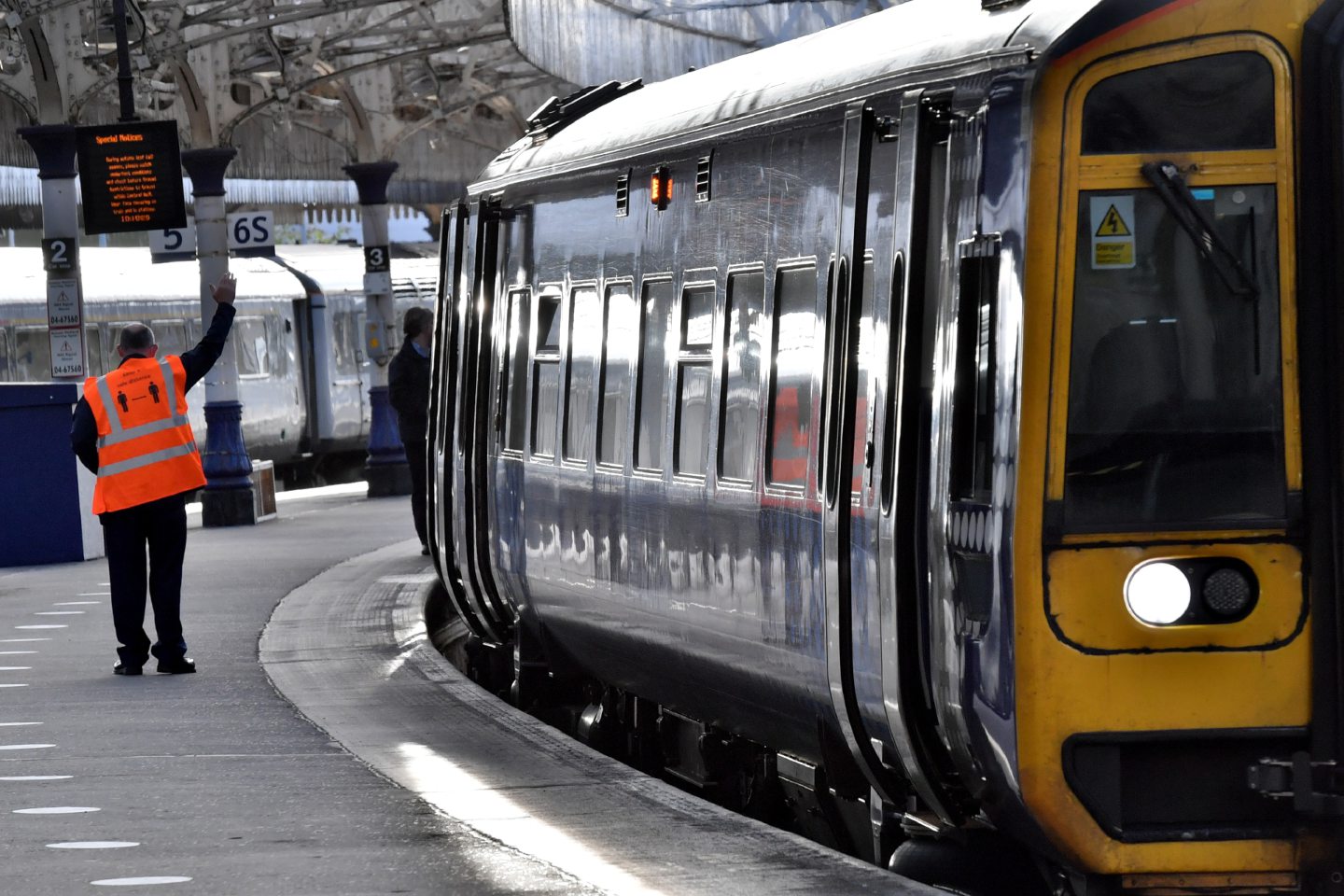
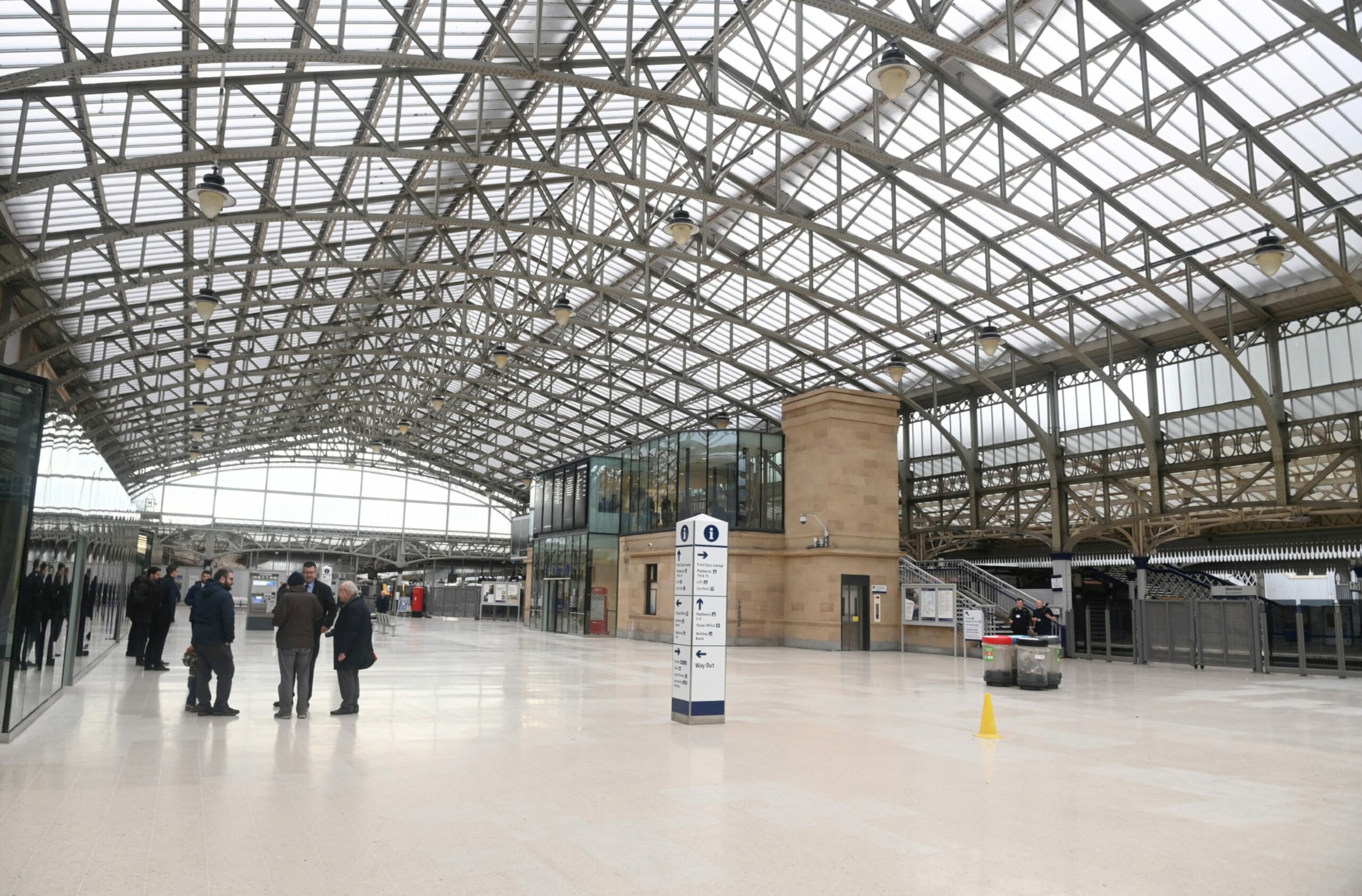
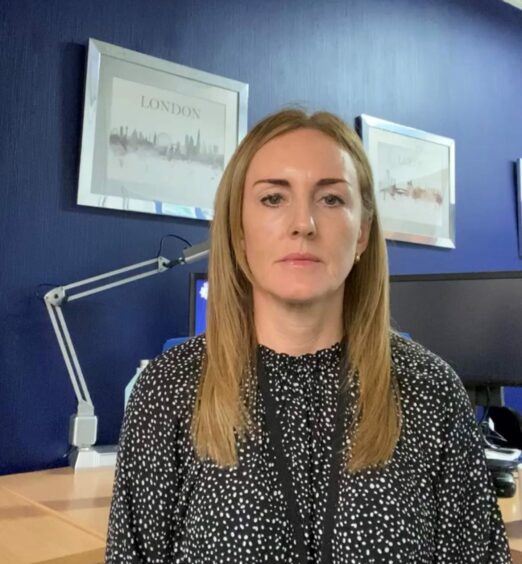
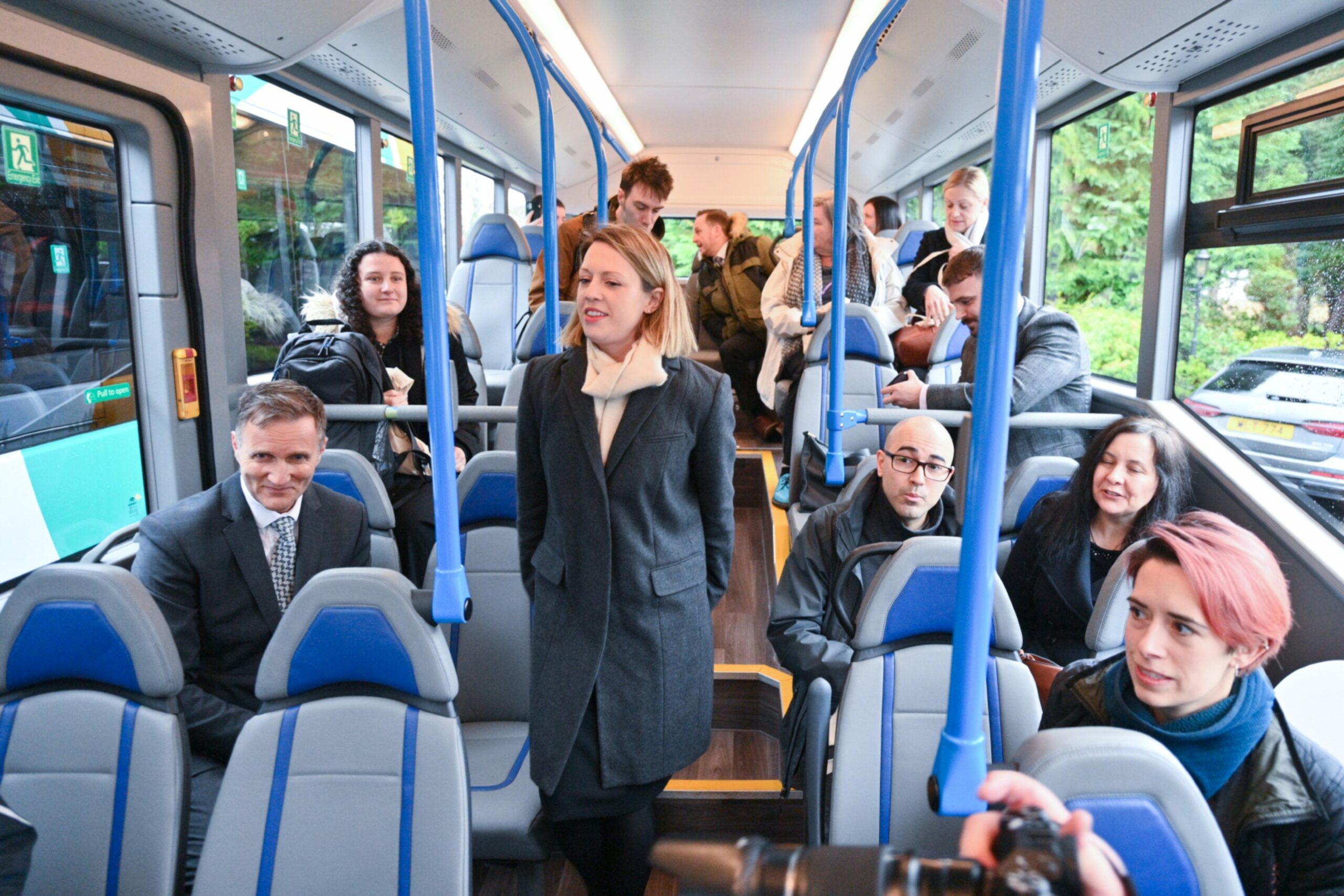
Conversation